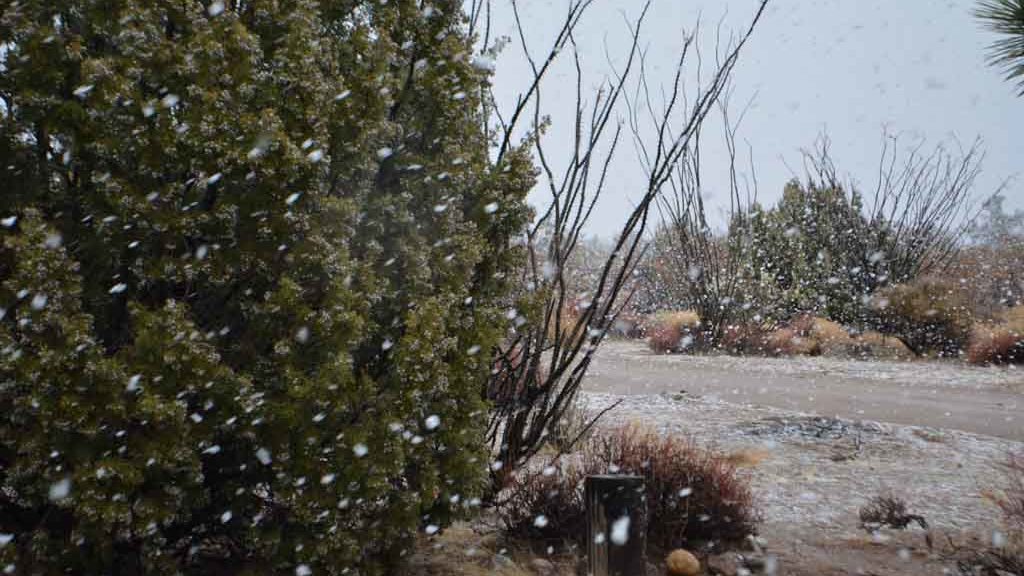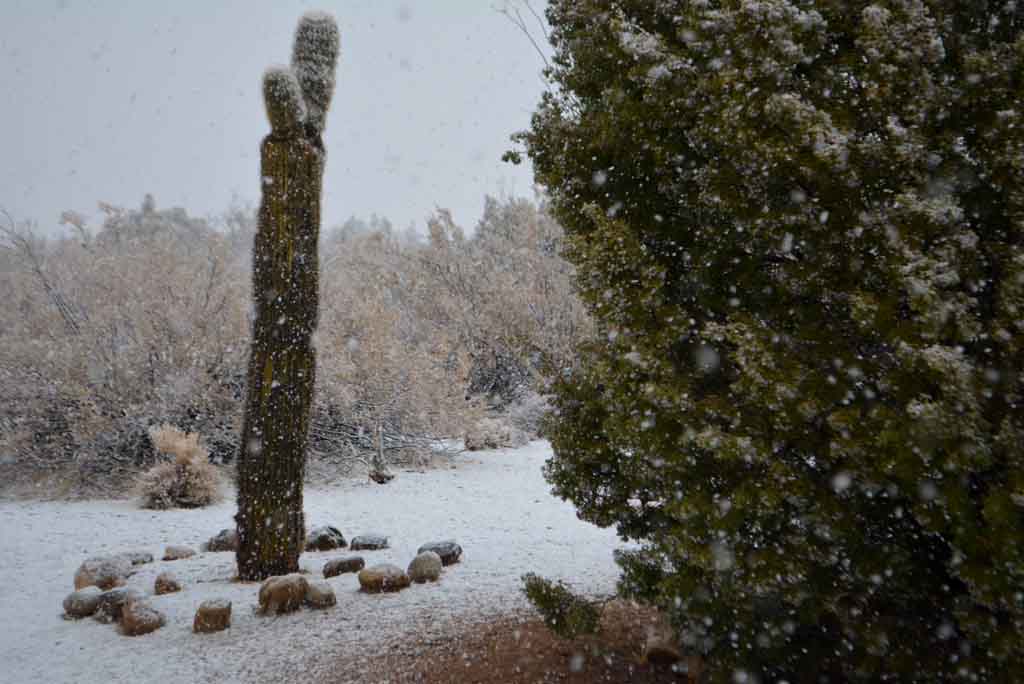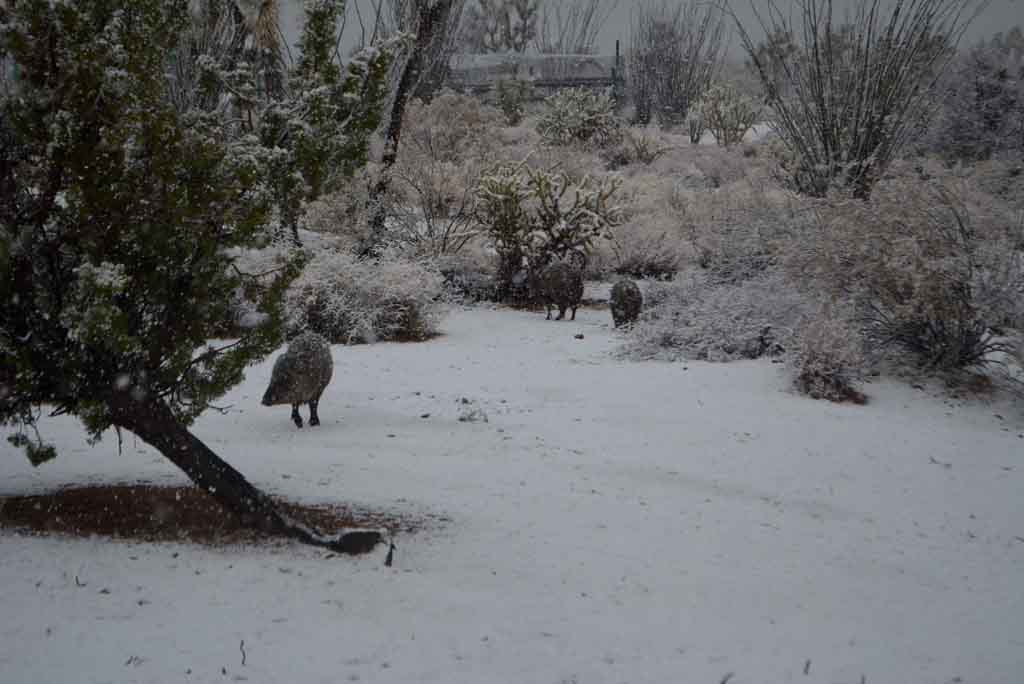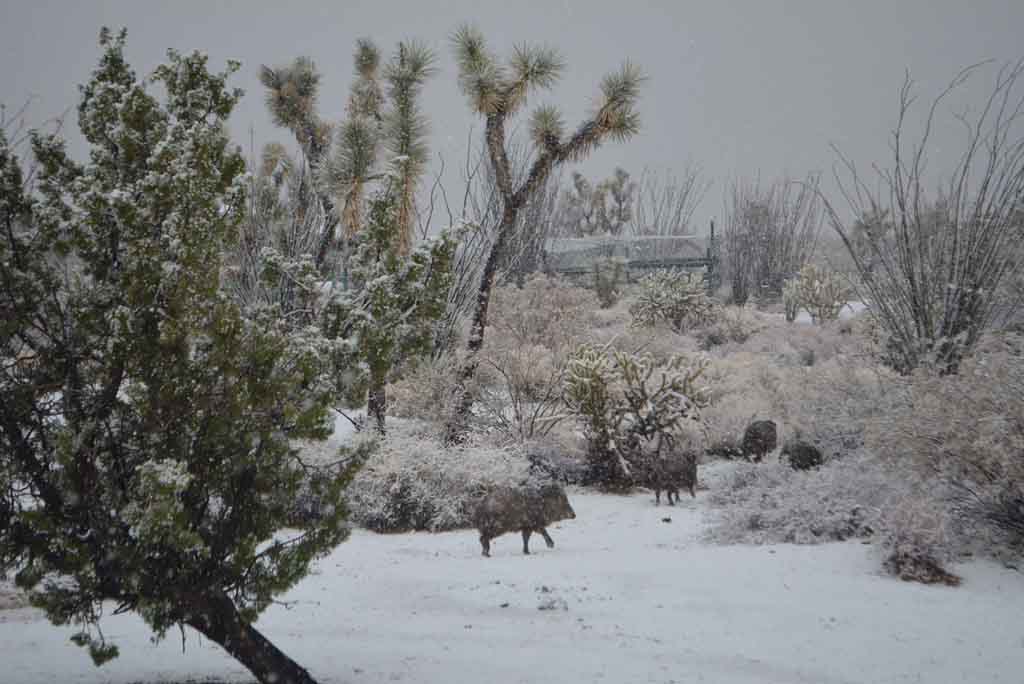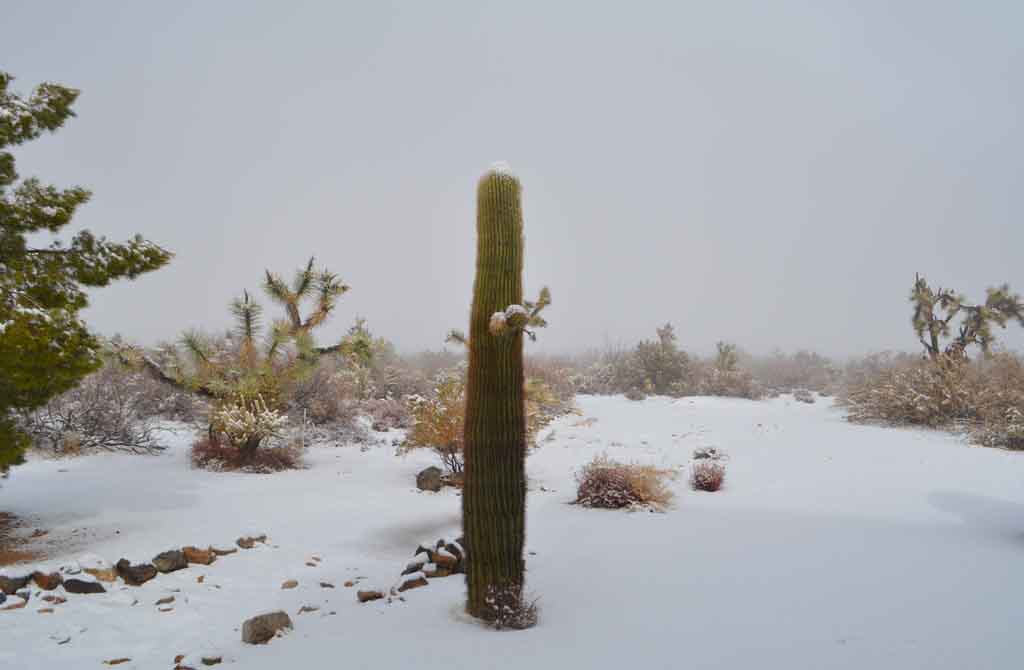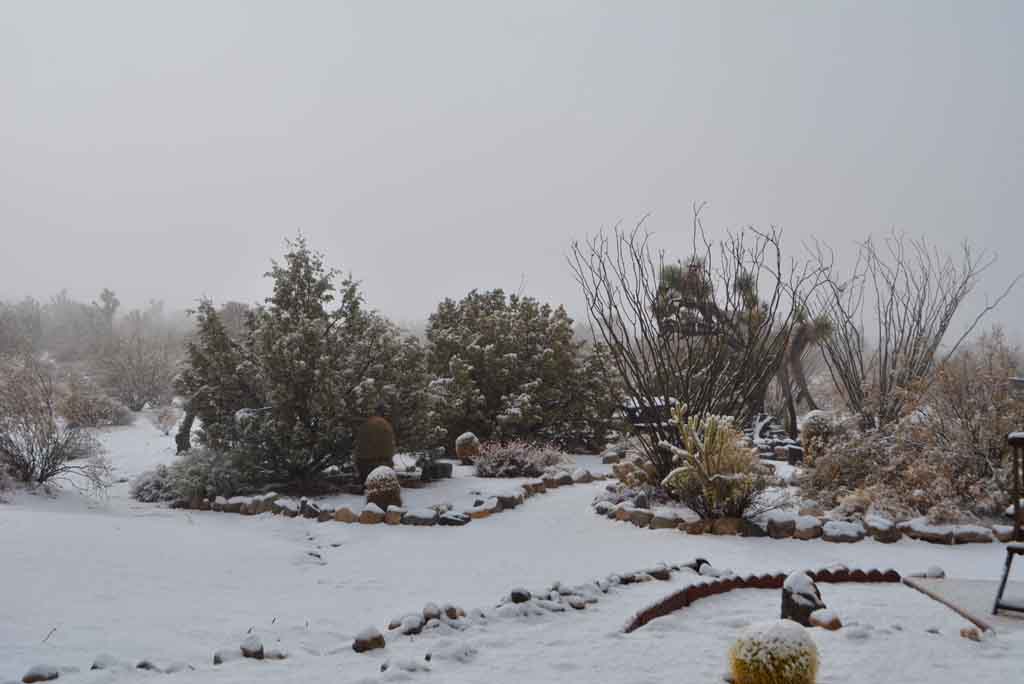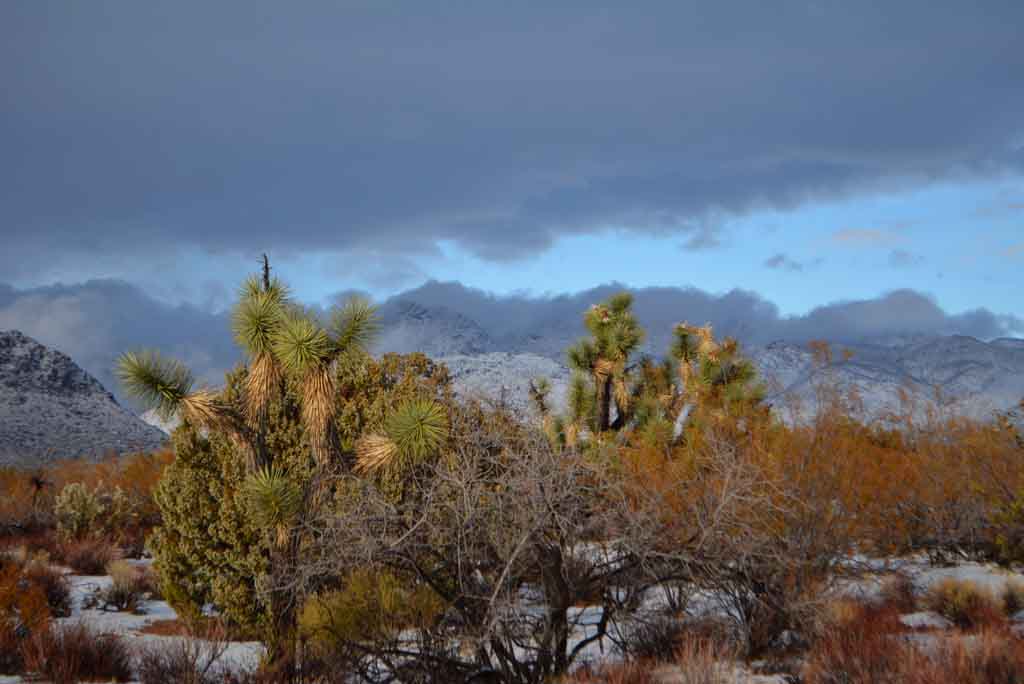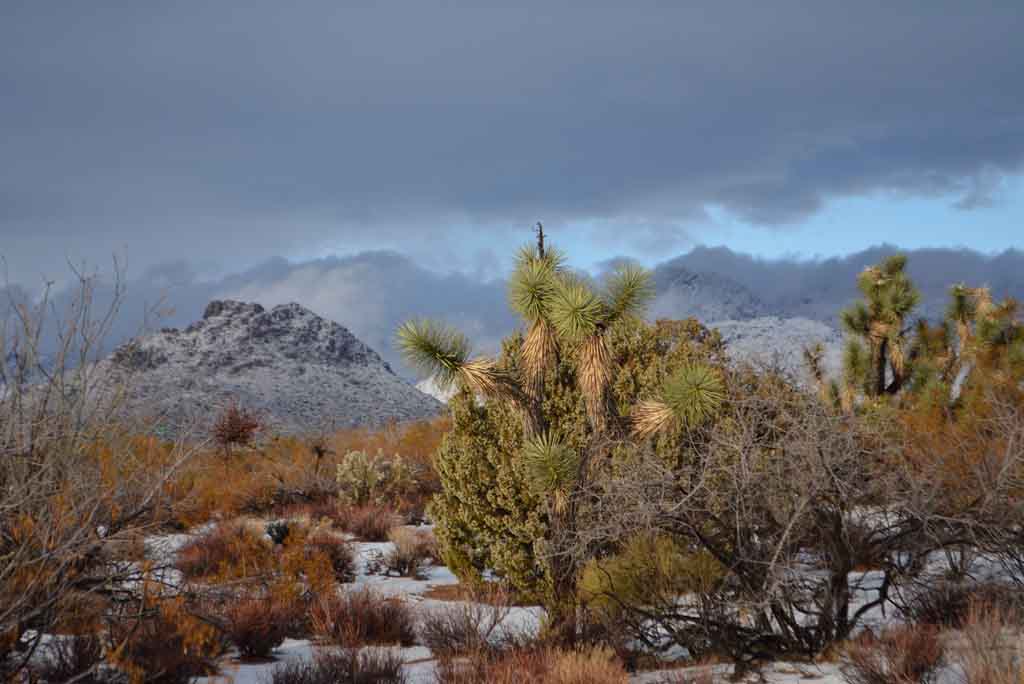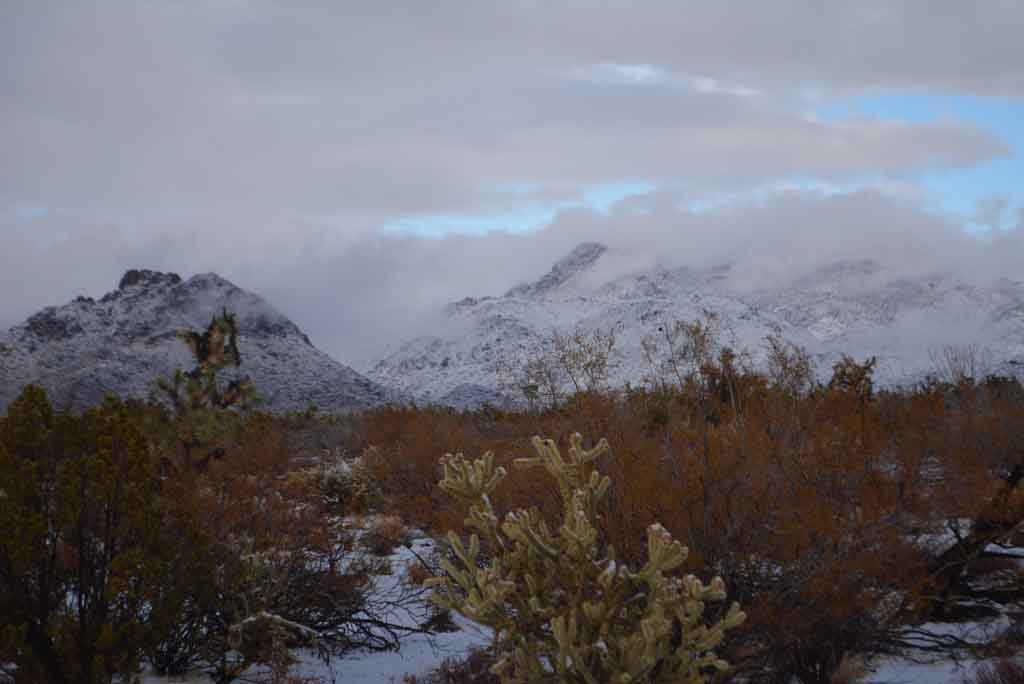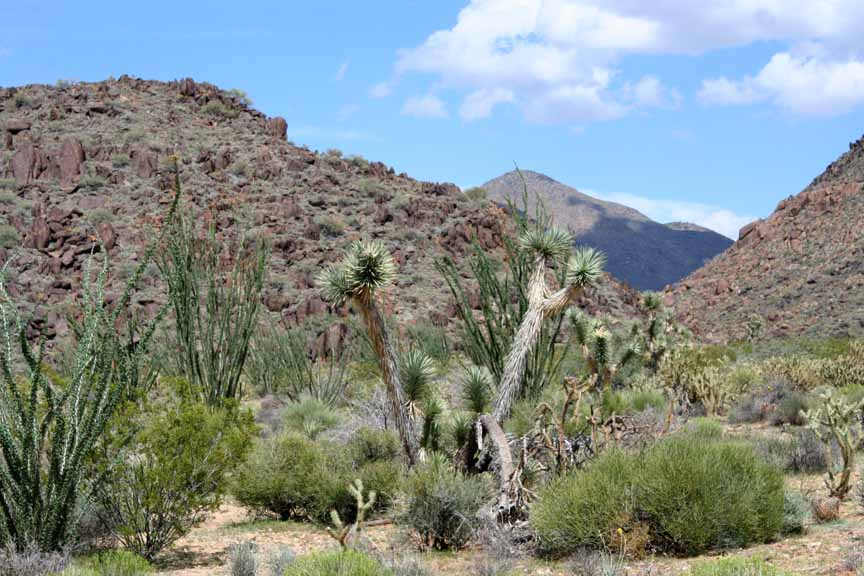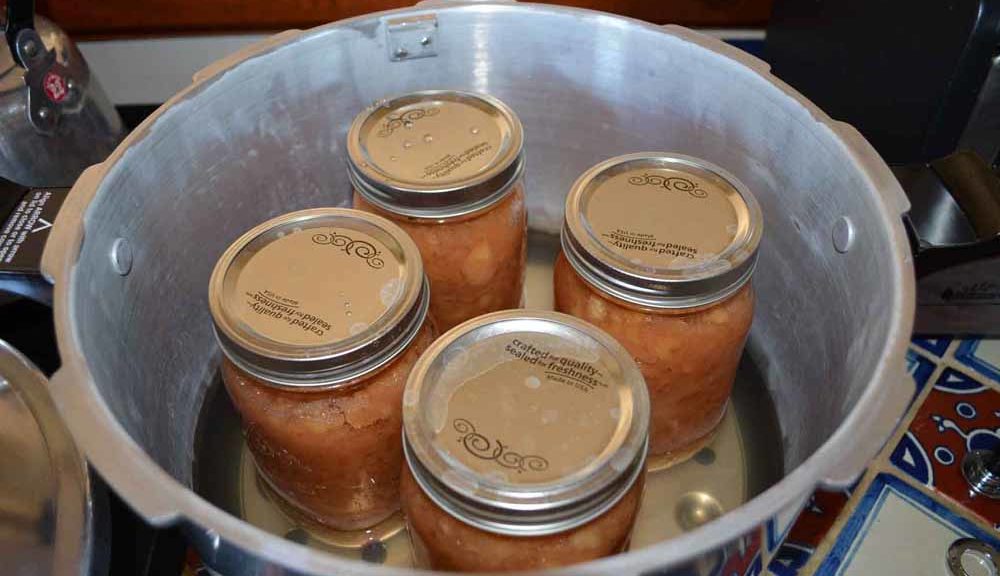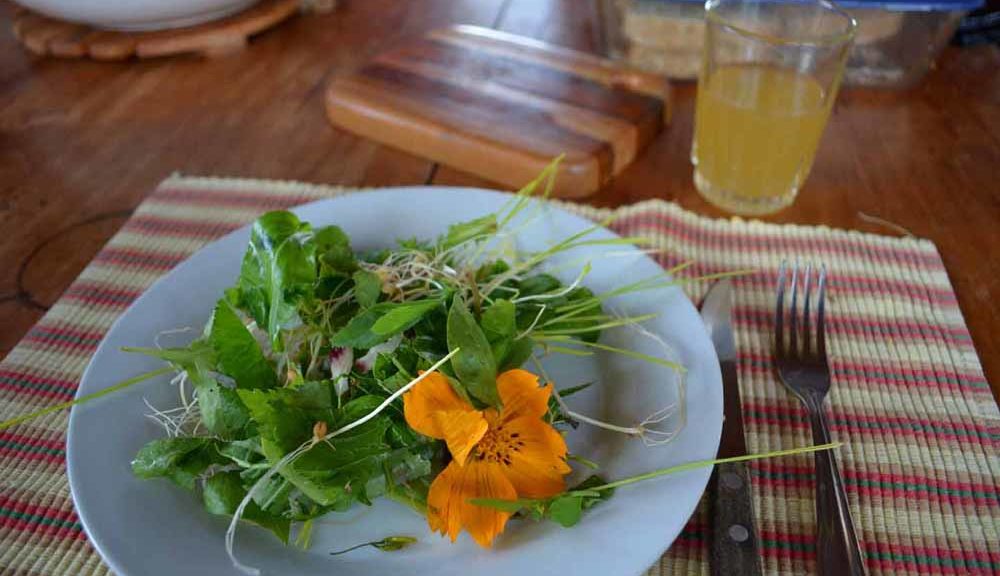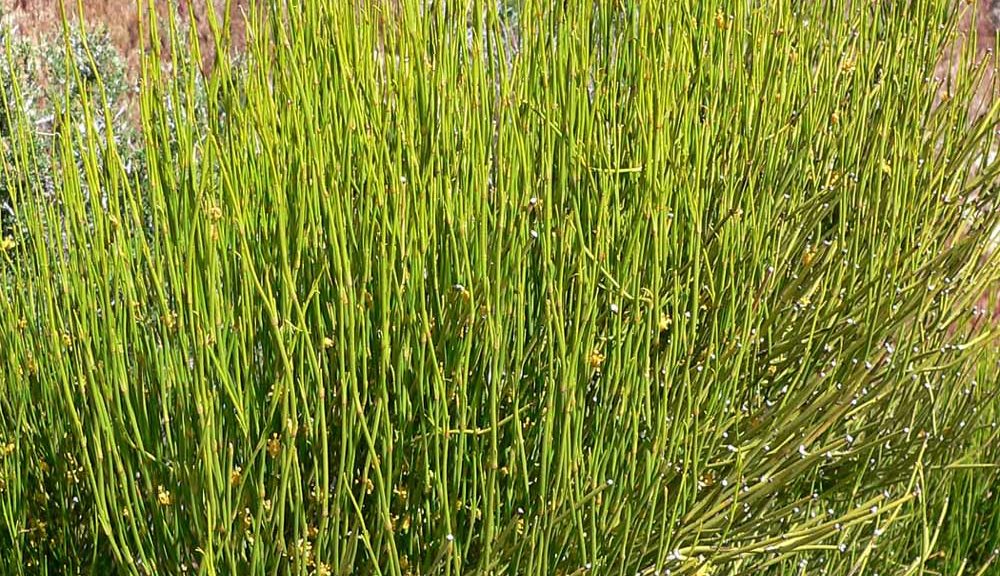We’ll definitely have to try this, there’s nothing like fresh ginger.
While it’s true that ginger is a tropical plant, it is possible to grow it outdoors in most climates. The catch is that it can only survive in temperatures 50 degrees Fahrenheit or above. That means that in some parts of the country—like certain areas in Florida, California and Arizona—ginger can be a year-round crop.
But the rest of the U.S. isn’t completely left out in the cold: according to Sher, it is possible to grow ginger is cooler climates—the season is just shorter. In these areas, she says that it’s best to plant ginger after (what appears to be) the last frost of the spring
.Although it takes around eight months for a ginger plant to reach its full potential, in the cooler parts of the country, you can harvest the young ginger after three or four months. Or if you want to keep the party going, just bring the pots in for the winter.
Source: How to Grow Ginger at Home
(Click on the link for the full article)

